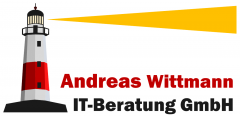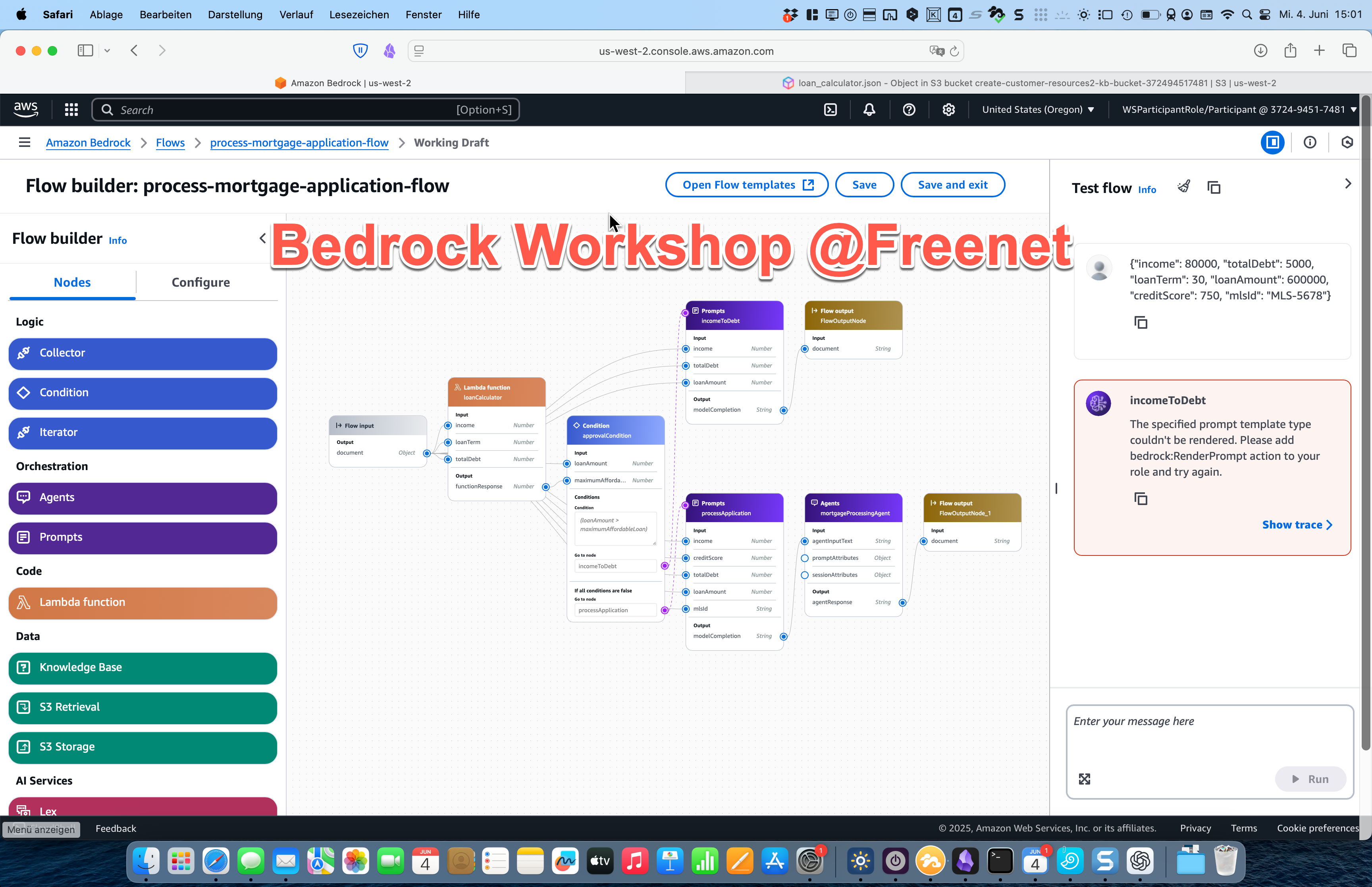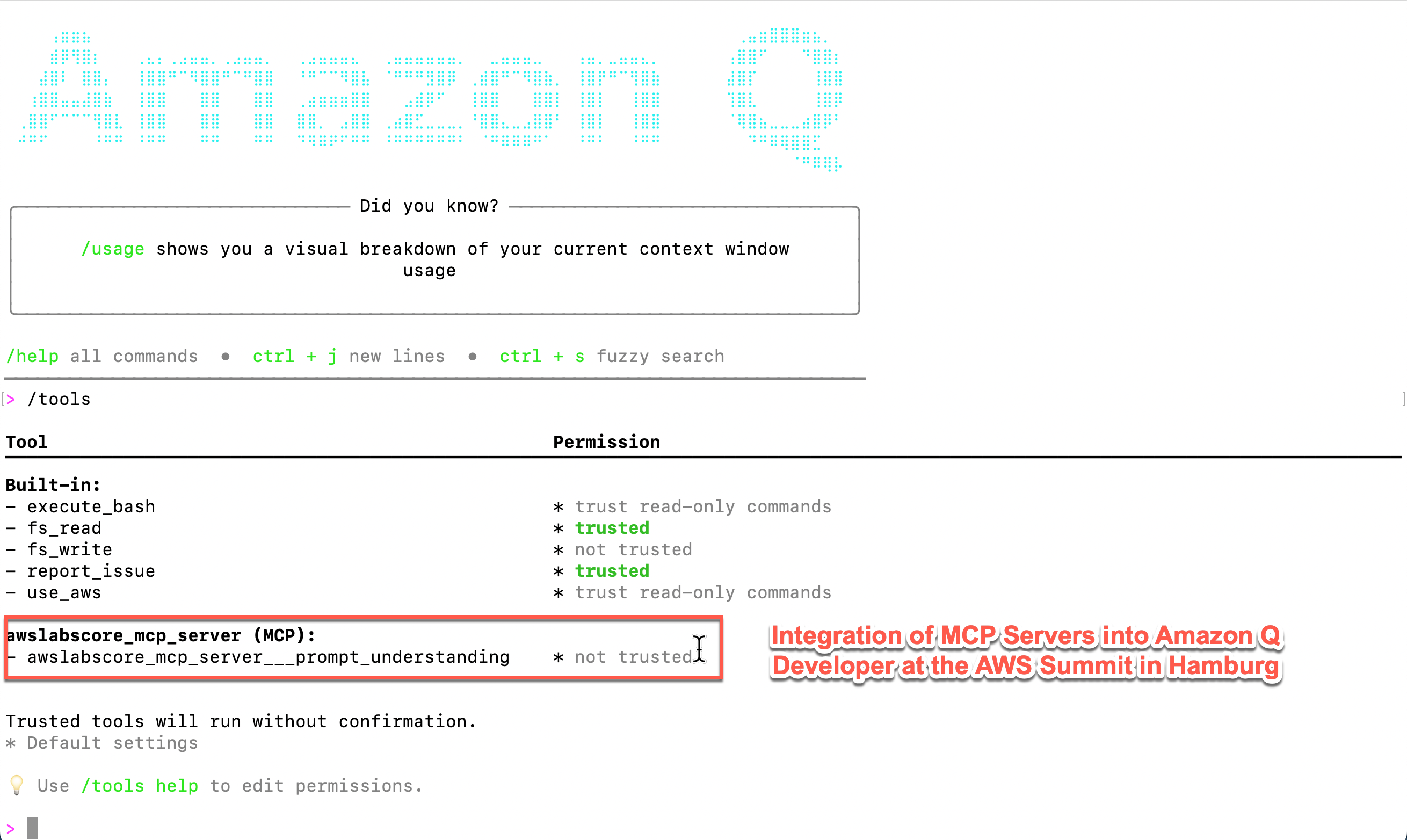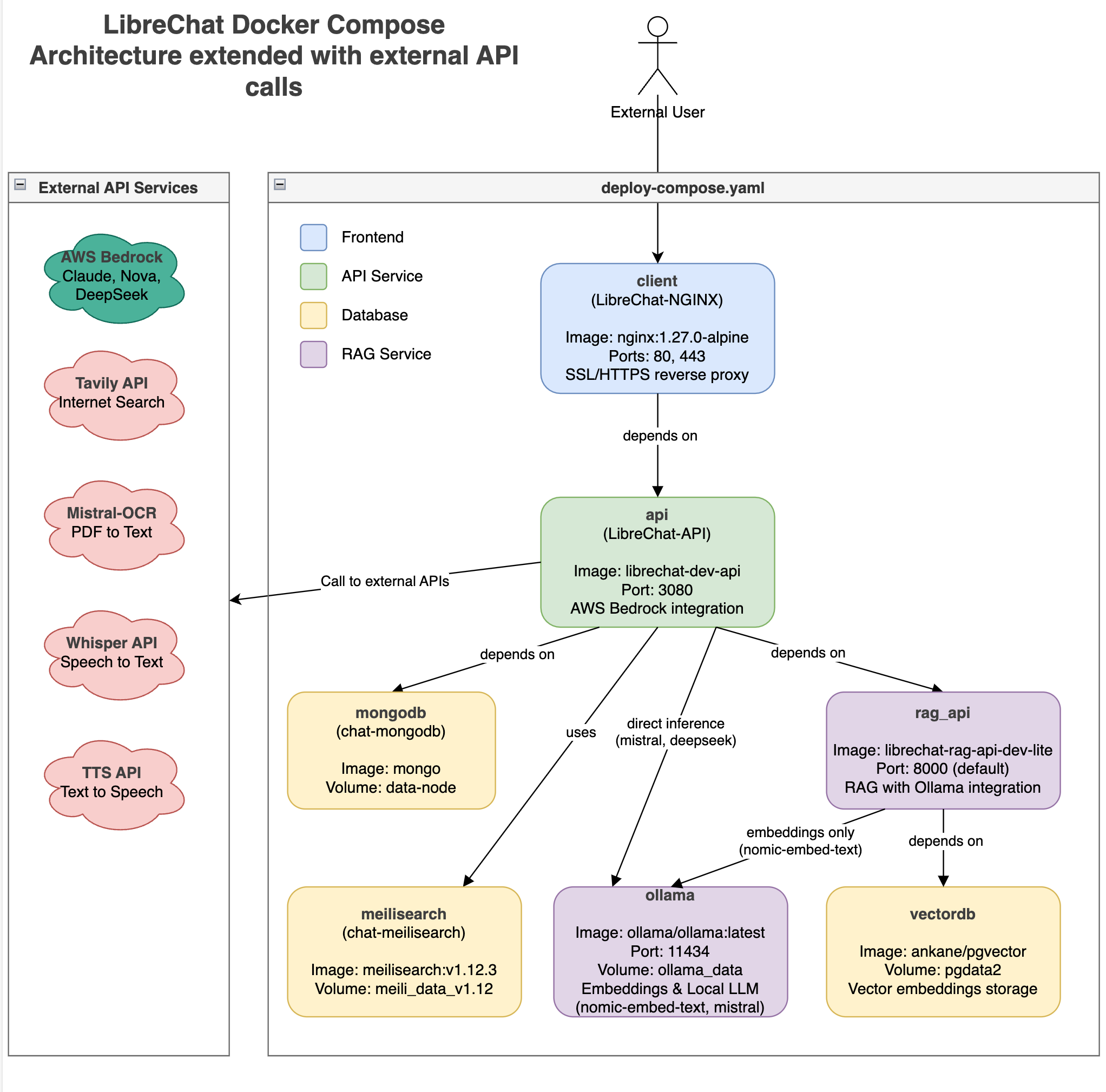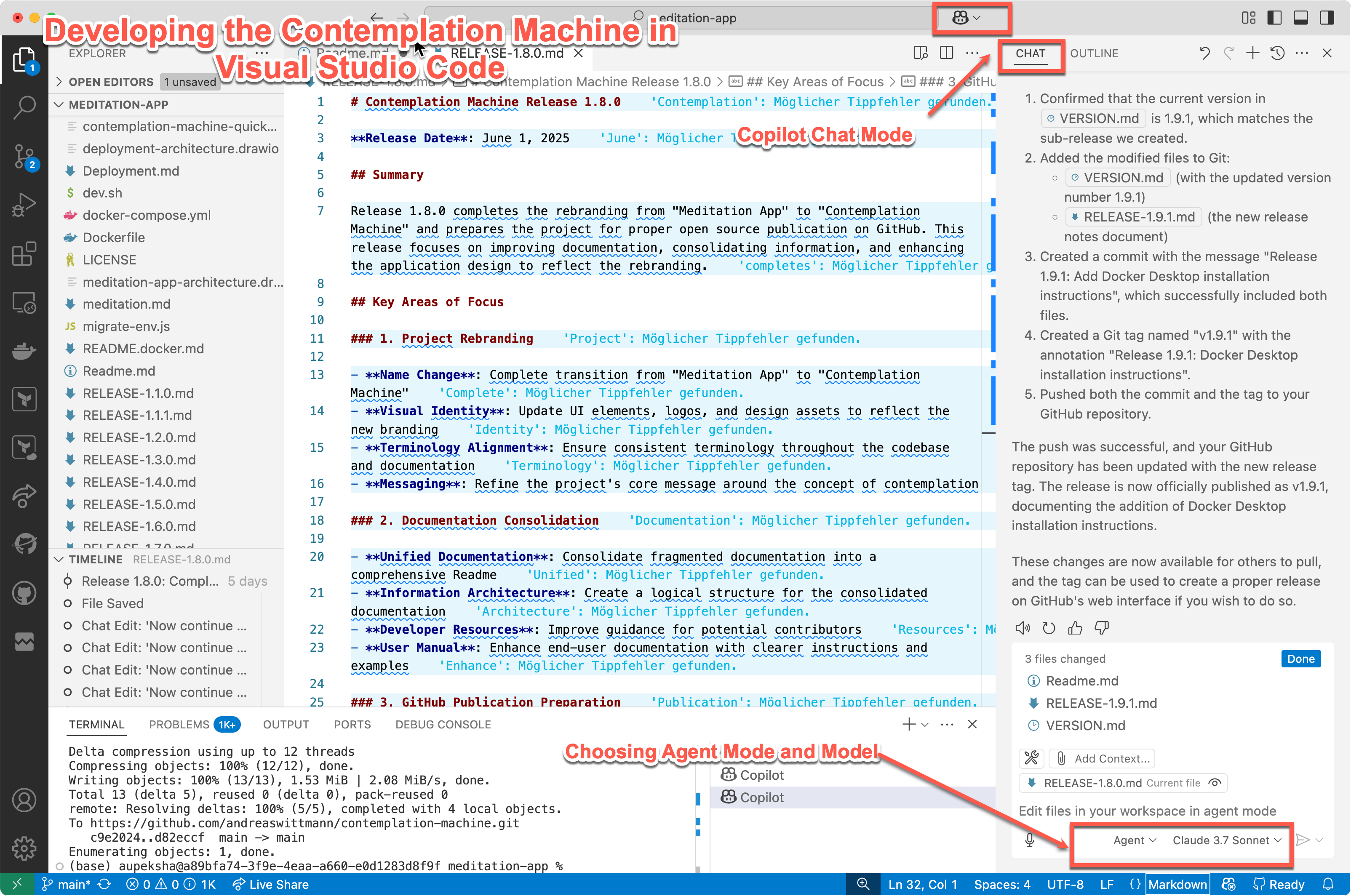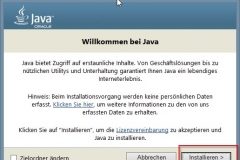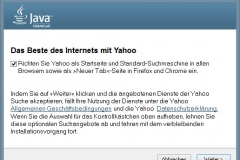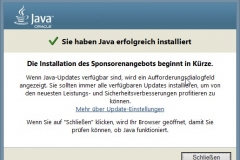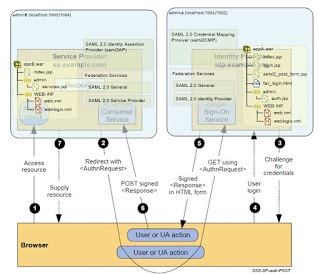This article examines the creation of an AI-powered system for automating freelance job applications, discussing technical implementation, practical outcomes, and implications for platform business models in the evolving landscape of professional services.
📄 Download: PDF-Version of this Document.
1. When AI Agents Meet Freelance Platforms: Lessons from Building an Automated Application System

Recently, I came across a Financial Times article describing how Booking.com and Expedia are preparing for a future where AI agents can book hotels and flights directly, potentially reducing demand for these platforms. While my Project-Bot doesn’t represent the same level of disruption, it made me reflect on how similar automation trends might affect freelance platforms. Since mid-2023, I’ve been experimenting with AI-powered job applications in the German freelance market, and the experience offers insights into how platform intermediation could evolve.
What started as simple Python scripts and Jupyter notebooks to create individualized job applications has evolved into something more comprehensive. The rapid advancement in AI capabilities, combined with what I call “vibe coding”—AI-assisted development that enables program creation without deep language expertise—has made possible workflows that were previously too expensive to justify.
2. Building the System: Technical Approach and Realities
My Project-Bot demonstrates a practical application of these concepts. The system monitors FreelancerMap’s RSS feeds, evaluates project opportunities against my CV using AI, and generates German applications for projects that score above a certain threshold. The workflow includes intelligent filtering, automated evaluation, and application generation—tasks that would be difficult to accomplish at scale without current AI capabilities.

The core functionality took about three days to develop using AI-assisted coding tools like Kilo Code with models such as Grok Fast 1 and Claude-sonnet-4. However, this is misleading without context—the additional work of fine-tuning, debugging, documentation, and integrating features like state management, dashboard creation, and deployment took considerably more time. The “three days” represents the initial breakthrough, not the complete system.
The architecture processes projects through multiple stages: scraping, pre-evaluation using keyword scoring, LLM-based analysis, application generation, and lifecycle tracking. A Vue.js dashboard provides filtering and project management capabilities, while the system maintains detailed cost and performance metrics.
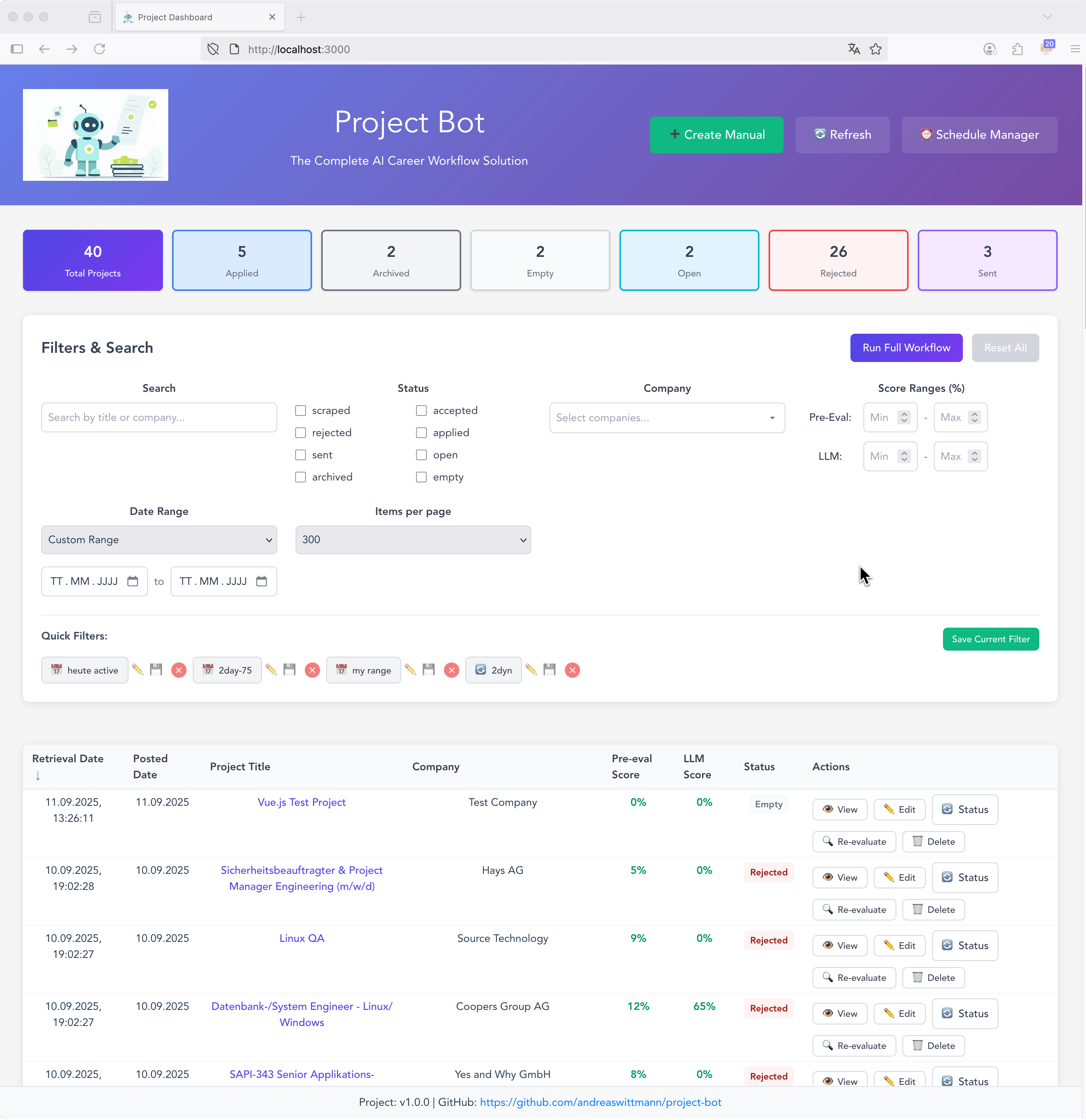

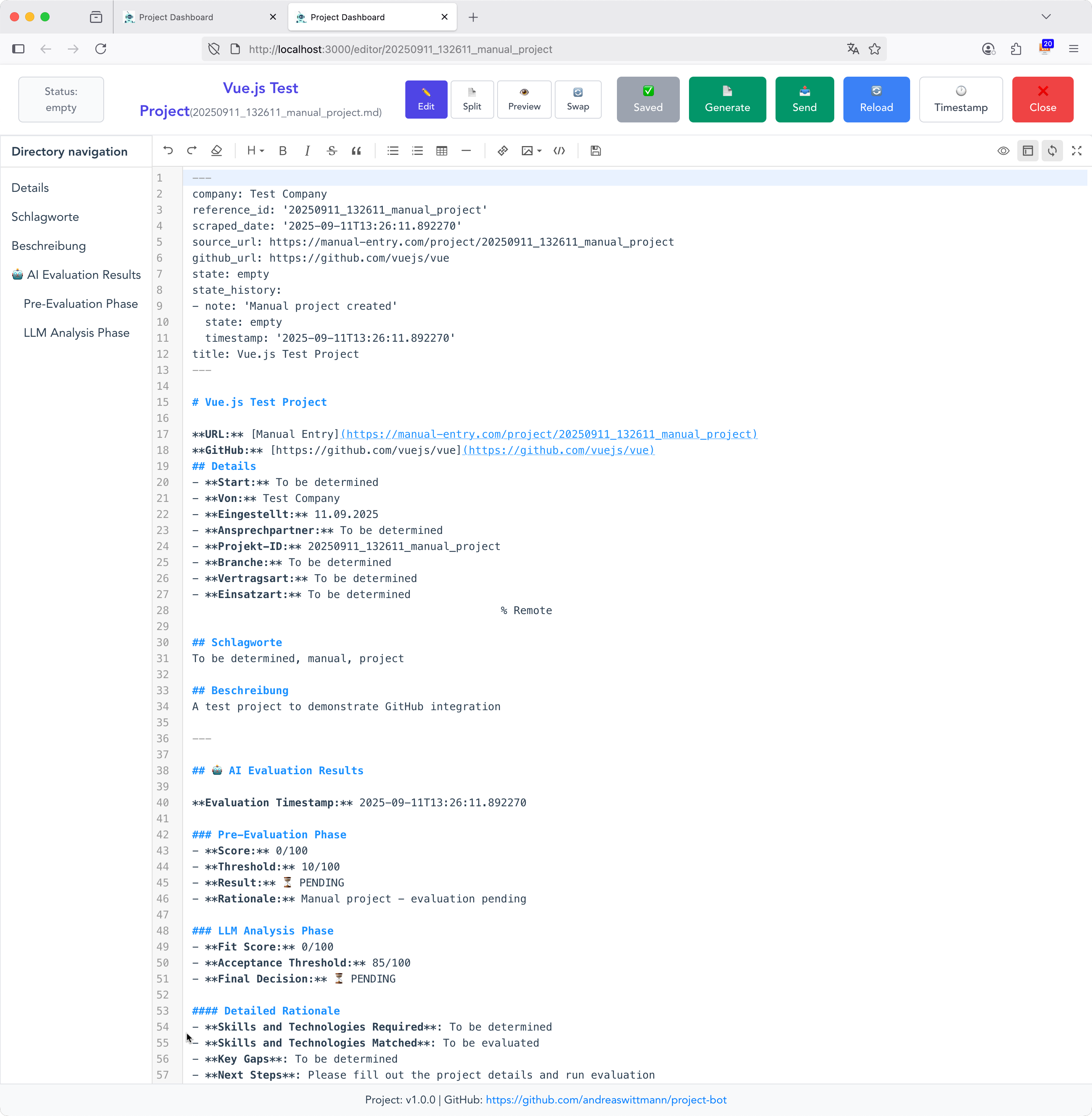
Dashboard Overview, Project Details, Application Editor
What struck me during development was how vibe coding changed the economics of custom automation. Previously, building such a system would have required weeks or months of traditional development, making it economically questionable for individual use. AI-assisted coding compressed this timeline dramatically, though the learning curve and refinement process still demanded significant effort.
3. Practical Results and Limitations
The system has proven effective in managing the volume of project opportunities that would otherwise be overwhelming to process manually. It filters hundreds of projects, identifies those matching my profile, and generates initial applications that require editing rather than creation from scratch. This represents a substantial time saving, though not the complete automation one might imagine.
The limitations are equally important to acknowledge. Generated applications, while professionally structured, require human review and customization to maintain authenticity and address specific project requirements. The system depends entirely on FreelancerMap’s RSS feeds and terms of service, creating platform dependency rather than true independence.
Quality consistency varies with different AI models and project types. While the evaluation logic works well for technical projects that align with my background, it struggles with edge cases or unconventional opportunities. The cost per application is minimal, but the setup and maintenance overhead means this approach makes sense primarily for high-volume scenarios.
4. Implications for Platform Business Models
This experience offers insight into how automation trends might affect freelance platforms, though the comparison to the travel industry disruption described in the Financial Times article is not direct. My Project-Bot represents just the first step toward automating the brokering process in the job market. It doesn’t bypass FreelancerMap entirely, but it does automate functions that traditionally required manual effort—opportunity discovery, relevance filtering, and initial outreach preparation.
The key insight is that the full automation of job market intermediation may not be so different from the travel industry scenario. As AI capabilities continue to advance, future developments could indeed threaten job and freelance platforms in similar ways. The question becomes whether these platforms can adapt their value proposition as users develop more sophisticated automation tools.
FreelancerMap’s current strength lies in its network effects and aggregated opportunities, but these advantages could diminish as AI agents become more capable of processing information efficiently. From my experience in enterprise software, I’ve seen similar patterns where platforms either evolve to incorporate new capabilities or risk becoming less relevant as users develop direct solutions. The adaptation timeline will likely determine which businesses survive these technological shifts.
5. Broader Context and Future Considerations
This project serves as a practical case study for how automation trends might evolve in professional services markets. While the travel booking industry disruption described in the Financial Times article represents a more advanced scenario, the freelance market shows how AI can gradually transform intermediation processes. My Project-Bot demonstrates the first steps toward automating job market brokering, but future developments could indeed threaten job and freelance platforms in ways not dissimilar to the travel industry.
The real significance lies in democratizing automation capabilities. What required enterprise-level resources previously is now accessible to individual professionals, though with corresponding requirements for technical knowledge and system maintenance.
Looking ahead, I expect similar automation to become more common across professional services markets. The combination of AI capabilities and improved development tools makes custom workflow automation increasingly viable for niche applications that couldn’t justify traditional software development costs.
The key insight from this experience is that platform disruption may be more gradual and varied than dramatic headlines suggest. Rather than sudden replacement, we’re seeing incremental automation of specific functions, creating pressure for platforms to demonstrate continued value in an evolving ecosystem.
This leaves the question of which aspects of professional intermediation remain uniquely valuable as automation capabilities continue expanding. My Project-Bot handles discovery and initial outreach effectively, but relationship building, complex negotiation, and strategic consulting still require human judgment and expertise.
6. Resources and Links
6.1. 📺 Demo Video
6.2. 🔗 Project Repository
- GitHub: https://github.com/andreaswittmann/project-bot
- Documentation: Complete setup guide, architecture overview, and deployment instructions
- License: MIT – Free to use and modify for personal or commercial purposes
6.3. 🛠️ Technical Requirements
- API Keys: OpenAI and Anthropic for AI evaluation and application generation
- Platform Access: FreelancerMap subscription for project opportunities
- Deployment: Docker Compose setup for local network deployment
The project is open-sourced for those who may find it useful. Feel free to clone, modify, and deploy it in your own environment.
[Word count: 850]
